Finding the right substitute for pearl onions in a recipe can feel like a mini quest. Seriously, these little guys are often the silent stars in dishes, giving that burst of flavor without hogging the limelight. We’ve all been there, mid-recipe, realizing the one ingredient we’re missing is pearl onions.
Never a dull moment in the kitchen, right?
Lucky for us, the culinary world is packed with viable swaps that can save the day. This isn’t about settling for second best; it’s about flexing our creativity and making our dishes shine, even when we have to pivot. I promise, with these alternatives, your dishes will not only come to life but might even taste better.
We’re here to guide you through the top five pearl onion substitutes that are easy to find and even easier to use. No stress, just delicious outcomes.
What is Pearl Onion?

Pearl onions are small, round onions that range in color from white to pale yellow.
They have a slightly sweet flavor and are often used in soups, stews, and other dishes where they add a delicate flavor.
Pearl onions can be cooked whole or peeled and used diced or sliced.
When cooking pearl onions, it is important to not overcook them as they will become mushy.
Pearl onions can also be pickled or used as an ingredient in various sauces and dressings.
The small size of pearl onions makes them a good choice for dishes where you want a subtle onion flavor without large pieces of onion.
Pearl onion is a versatile ingredient that can add flavor and depth to many dishes.
When choosing pearl onion, look for firm, shiny bulbs free of blemishes.
Store them in a cool, dark place, and use them within a few days for the best flavor.
To prepare pearl onion, peel away the skin.
If they are very small, you can leave them whole.
Otherwise, cut them into quarters or slices, depending on your recipe.
The 5 Best Substitutes for Pearl Onion
For many dishes, pearl onion is a key ingredient.
Its delicate and sweet flavor can enhance the taste of sauces, soups, and casseroles.
But what do you do when you don’t have any pearl onion on hand?
Here are five substitutes for pearl onion that will work in a pinch:
1 – White Onions
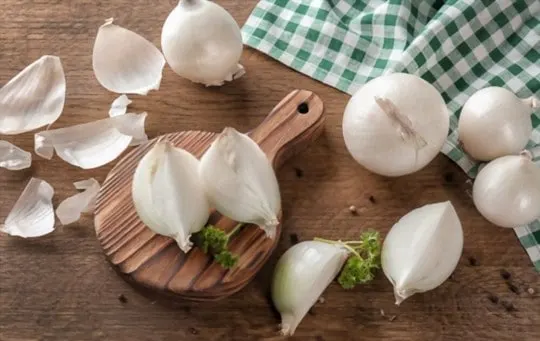
Did you know that white onions are one of the most popular types of onion in the United States? In fact, they are often used in culinary dishes because of their mild flavor and versatile nature.
White onions can be eaten raw, cooked, or pickled, a common ingredient in soups, stews, and salads.
They are also a key ingredient in many Latin American dishes, such as salsa and guacamole.
When shopping for white onions, look for firm ones with bright white skins.
Avoid onions that are soft or have started to sprout.
White onions should be stored in a cool, dry place and will keep for up to two weeks.
2 – Shallots
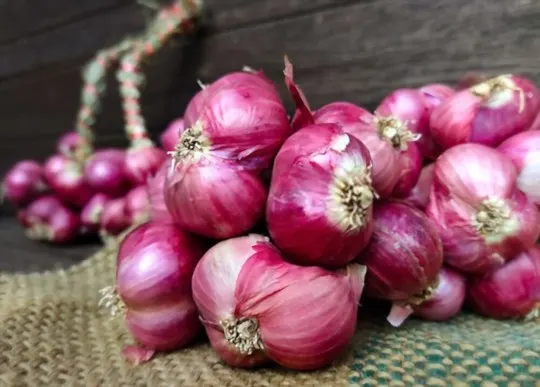
Plenty of herbs and spices can enhance the flavor of your cooking, but few are as versatile as the shallot.
This relative of the onion has a delicate sweetness that can add depth to any dish.
What’s more, shallots can be used in both cooked and raw dishes, making them one of the most versatile ingredients in your kitchen.
When shopping for shallots, look for bulbs that are firm and free of blemishes.
Store them in a cool, dry place, and they will keep them for up to two weeks.
When it comes time to use them, peel away the skin and give them a quick chop.
Whether you’re looking to add a bit of flavor to your stir-fry or sweetness to your salad, shallots are a great way to add depth and dimension to your cooking.
3 – Leeks
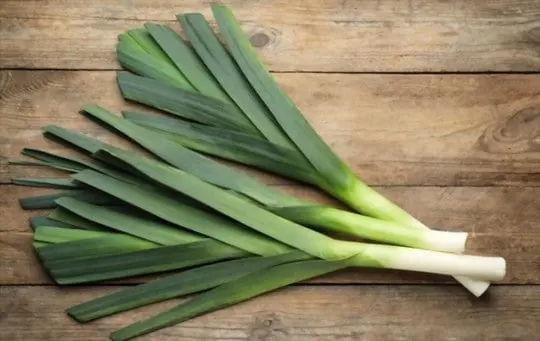
Leeks are onions characterized by their long, white stalk and edible leaves.
Although they are often used in soups and stews, leeks can also be eaten raw or cooked in various other dishes.
When choosing leeks, look for ones with crisp, dark green leaves and firm stalks.
Avoid leeks with yellowing leaves or soft spots, as these may indicate poor quality.
Leeks are relatively easy to cook and can be roasted, sauteed, or boiled.
In addition to being a delicious and versatile vegetable, leeks are also a good source of vitamins A and C.
Whether you’re looking to add some flavor to your soup or trying out a new side dish, leeks are a great choice.
4 – Cipollini Onions
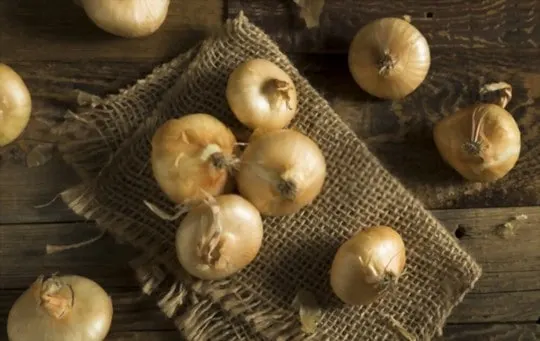
Cipollini onions are small, round onions that originated in Italy.
They are prized for their sweet, mellow flavor and firm texture.
Cipollini onions can be used in many dishes, from soups and stews to roasted vegetable medleys.
When cooked, they become slightly caramelized and take on a delicious sweetness.
One of the best ways to enjoy cipollini onions is to roast them with other vegetables such as potatoes, carrots, and garlic.
The result is a fragrant, hearty dish perfect for a winter meal.
These onions can also be grilled or sautéed and make a great addition to salads and sandwiches.
While cipollini onions are a great substitute for pearl, they are not as widely available.
You may be able to find them at a specialty grocery store or online.
5 – Caperberries
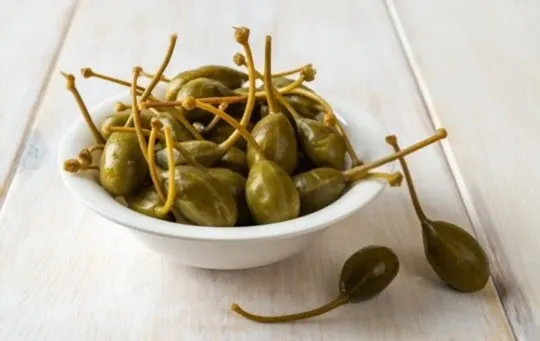
Caperberries are the fruit of the caper plant, which is native to the Mediterranean region.
The plant grows as a bush or vine and produces small white flowers.
Caperberries are similar in appearance to olives but have a slightly sweeter flavor.
They are often used as a garnish or in pickling recipes.
Although they are technically a fruit, caperberries are often considered to be a type of vegetable.
This is because they are usually pickled or used in savory dishes.
However, they can also be used in sweet recipes, such as cakes or pies.
Caperberries are a versatile ingredient that can add a unique flavor to any dish.
Conclusion
In conclusion, these are the five best substitutes for pearl onion.
While each has its unique taste and texture, they can all be used in various dishes to provide a tasty and satisfying result.
So next time you’re in a pinch and need an onion substitute, reach for one of these handy ingredients.
Have you ever used any of these substitutes for pearl onion? What was your experience? Let us know in the comments below.
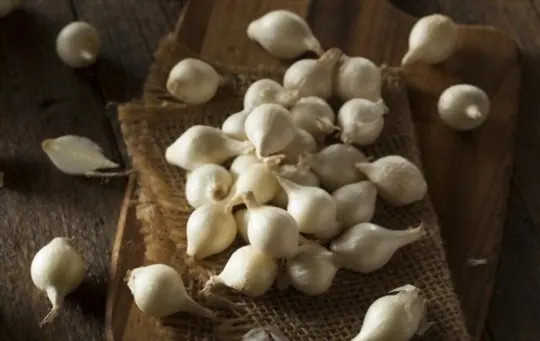
The 5 Best Substitutes for Pearl Onions
Ingredients
- White Onions
- Shallots
- Leeks
- Cipollini Onions
- Caperberries
Instructions
- Pick your favorite substitute from the list above.
- Follow cooking directions for your selected substitute with the proper ratio of ingredients.

Andrew Gray is a seasoned food writer and blogger with a wealth of experience in the restaurant and catering industries. With a passion for all things delicious, Andrew has honed his culinary expertise through his work as a personal chef and caterer.
His love for food led him to venture into food writing, where he has contributed to various online publications, sharing his knowledge and insights on the culinary world. As the proud owner of AmericasRestaurant.com, Andrew covers a wide range of topics, including recipes, restaurant reviews, product recommendations, and culinary tips.
Through his website, he aims to inspire and educate fellow food enthusiasts, offering a comprehensive resource for all things food-related.

Leave a comment